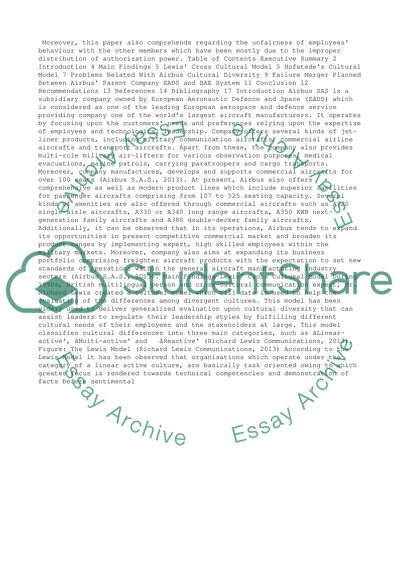Cite this document
(“The Airbus Way Essay Example | Topics and Well Written Essays - 2000 words”, n.d.)
The Airbus Way Essay Example | Topics and Well Written Essays - 2000 words. Retrieved from https://studentshare.org/management/1465860-the-airbus-way
The Airbus Way Essay Example | Topics and Well Written Essays - 2000 words. Retrieved from https://studentshare.org/management/1465860-the-airbus-way
(The Airbus Way Essay Example | Topics and Well Written Essays - 2000 Words)
The Airbus Way Essay Example | Topics and Well Written Essays - 2000 Words. https://studentshare.org/management/1465860-the-airbus-way.
The Airbus Way Essay Example | Topics and Well Written Essays - 2000 Words. https://studentshare.org/management/1465860-the-airbus-way.
“The Airbus Way Essay Example | Topics and Well Written Essays - 2000 Words”, n.d. https://studentshare.org/management/1465860-the-airbus-way.


